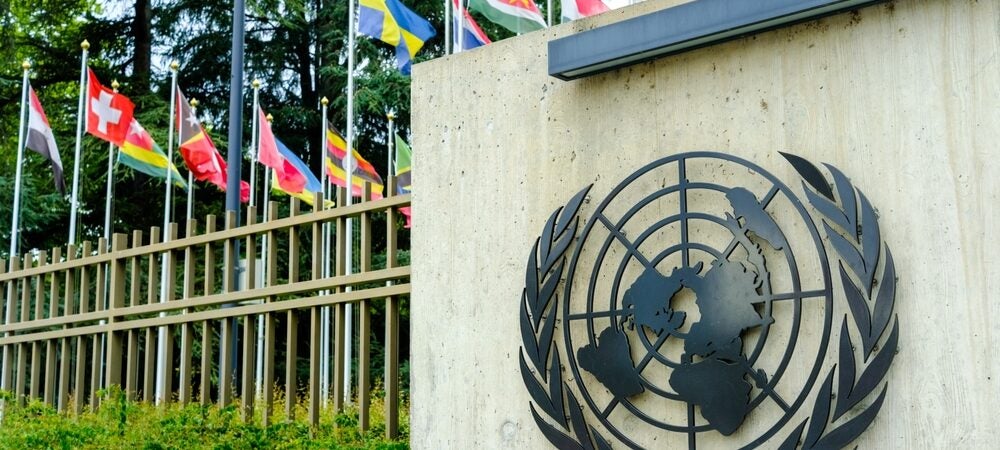Development prospects in a fractured world : Global disorder and regional responses
Chapter I: Global Trends and Prospects
A. TOO CLOSE TO THE EDGE
1. A year of serial crises
After a rapid but uneven recovery in 2021, the world economy is in the midst of cascading and multiplying crises. With incomes still below 2019 levels in many major economies, growth is slowing everywhere. The cost-of-living crisis is hurting the majority of households in advanced and developing countries. Damaged supply chains remain fragile in key sectors. Government budgets are under pressure from fiscal rules and highly volatile bond markets. Debt-distressed countries, including over half of low-income countries and about a third of middle-income countries, are edging ever closer to default. Financial markets are jittery, as questions mount about the reliability of some asset classes. The vaccine roll-out has stalled, leaving vulnerable countries and communities exposed to new outbreaks of the pandemic. Against this troubling backdrop, climate stress is intensifying, with mounting loss and damage in vulnerable countries who lack the fiscal space to deal with disasters, let alone invest in their own long-term development. In some countries, the economic hardship resulting from these compounding crises is already triggering social unrest that can quickly escalate into political instability and conflict.
The resulting policy challenges are daunting, especially in an international system marked by rising distrust. At the same time, the institutions of global economic governance, tasked since 1945 with mitigating global shocks, delivering international public goods and providing a global financial safety net, have been hampered by insufficient resources and policy tools and options that are “rigid and old fashioned” (Syed, 2022; Yellen, 2022). Even as growth in advanced economies slows down more sharply than anticipated in last year’s Report, the attention of policymakers has become much too focused on dampening inflationary pressures through restrictive monetary policies, with the hope that central banks can pilot the economy to a soft landing, avoiding a full-blown recession. Not only is there a real danger that the policy remedy could prove worse than the economic disease, in terms of declining wages, employment and government revenues, but the road taken would reverse the pandemic pledges to build a more sustainable, resilient and inclusive world (chapter III).
As noted in last year’s Report, the pandemic caused greater economic damage in the developing world than the global financial crisis. Moreover, with their fiscal space squeezed and inadequate multilateral financial support, these countries’ bounce back in 2021 proved uneven and fragile, dependent in many cases on a further build-up in external debt. The immediate prospects for many developing and emerging economies will depend, to a large extent, on the policy responses adopted in advanced economies. The rising cost of borrowing and a reversal of capital flows, combined with a sharper than expected slowing of China’s growth engine and the economic repercussions from the war in Ukraine, are already dampening the pace of recovery in many developing countries, with the number of those in debt distress rising, and some in default. With 46 developing countries already severely exposed to financial pressure from the high cost of food, fuel and borrowing, and more than double that number exposed to at least one of those threats, the possibility of a widespread developing country debt crisis is a very real one, evoking painful memories of the 1980s and ending any hope of meeting the sustainable development goals (SDGs) by the end of the decade.
The acceleration of inflation beginning in the second half of 2021 (figure 1.1) and continuing even as economic growth began to slow down in the final quarter of the year has led many to draw parallels with the stagflationary conditions of the 1970s. Despite the absence of the wage-price spirals that characterized that decade, policymakers appear to be hoping that a short sharp monetary shock – along the lines, if not of the same magnitude, as that pursued by the United States Federal Reserve (the Fed) under Paul Volker – will be sufficient to anchor inflationary expectations without triggering recession. Sifting through the economic entrails of a bygone era is unlikely, however, to provide the forward guidance needed for a softer landing given the deep structural and behavioural changes that have taken place in many economies, particularly those related to financialization, market concentration and labour’s bargaining power.
UNCTADTo read the full report, please click here.

